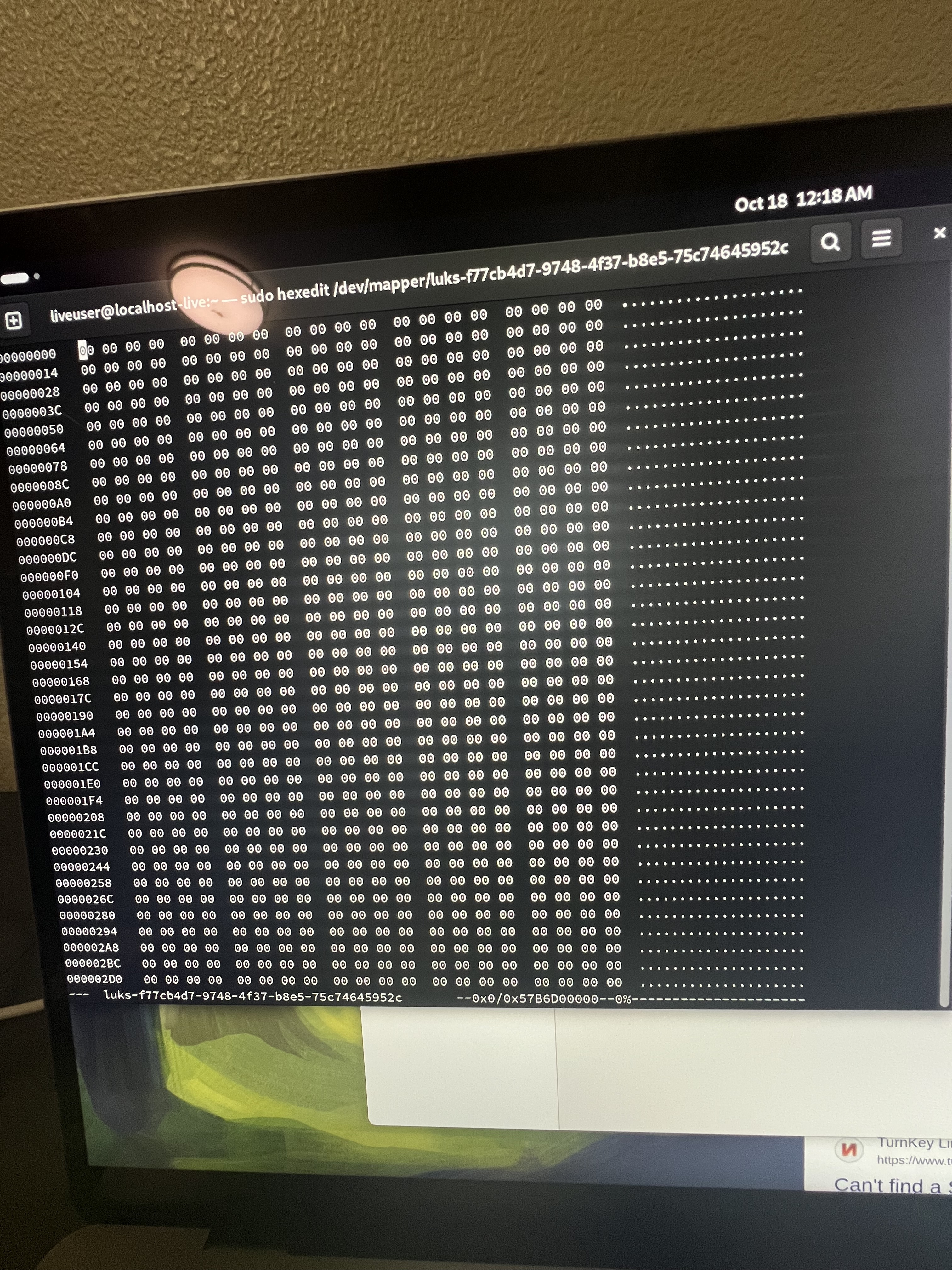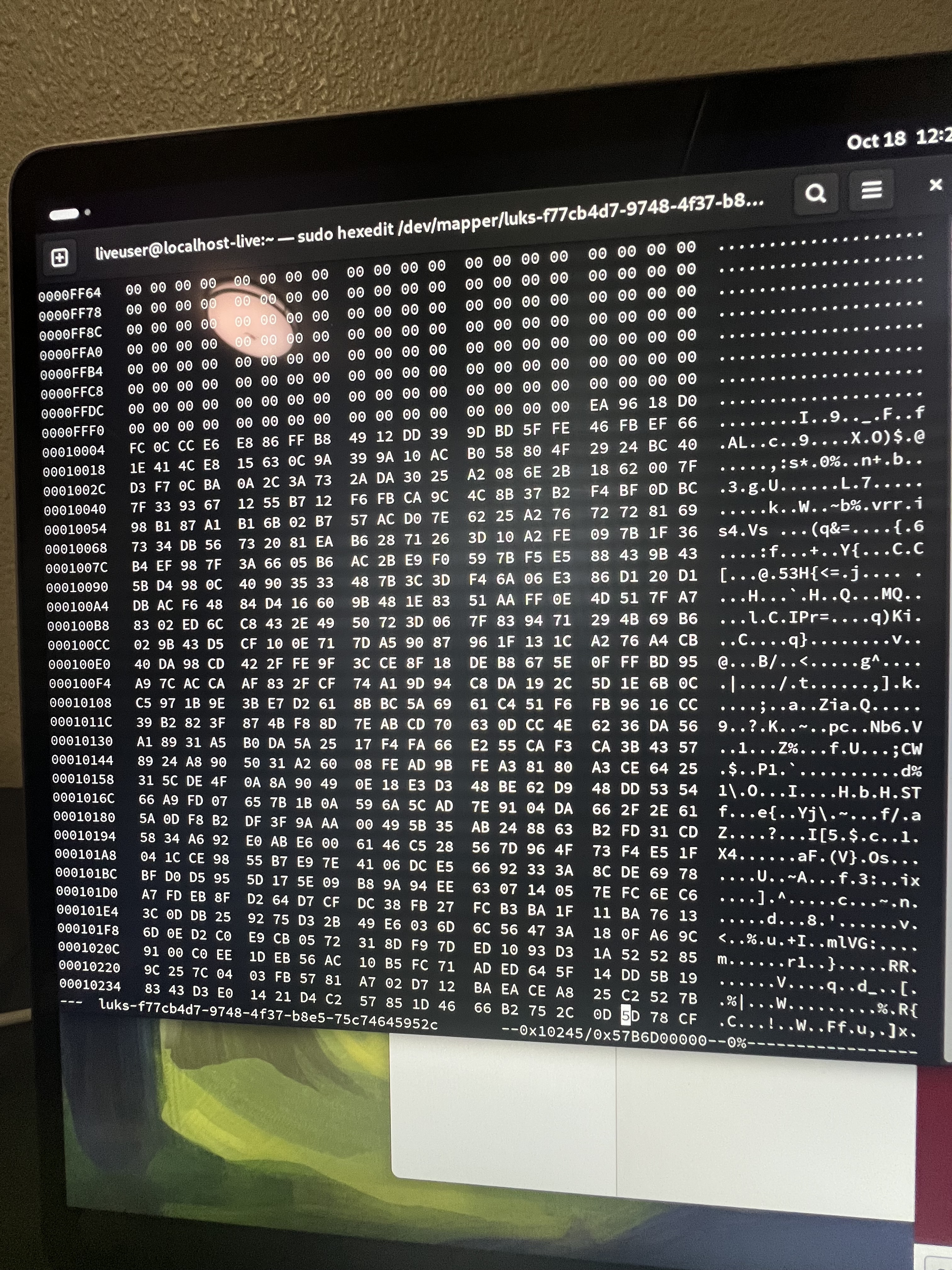Linux
49045 readers
689 users here now
From Wikipedia, the free encyclopedia
Linux is a family of open source Unix-like operating systems based on the Linux kernel, an operating system kernel first released on September 17, 1991 by Linus Torvalds. Linux is typically packaged in a Linux distribution (or distro for short).
Distributions include the Linux kernel and supporting system software and libraries, many of which are provided by the GNU Project. Many Linux distributions use the word "Linux" in their name, but the Free Software Foundation uses the name GNU/Linux to emphasize the importance of GNU software, causing some controversy.
Rules
- Posts must be relevant to operating systems running the Linux kernel. GNU/Linux or otherwise.
- No misinformation
- No NSFW content
- No hate speech, bigotry, etc
Related Communities
Community icon by Alpár-Etele Méder, licensed under CC BY 3.0
founded 5 years ago
MODERATORS
701
702
703
704
705
706
707
708
709
8
Tumbleweed – Review of the week 2024-W42 – Dominique a.k.a. DimStar (Dim*)
(dominique.leuenberger.net)
710
711
712
713
714
715
716
717
718
719
720
721
722
723
137
AMD Linux Graphics Driver To Switch To More Aggressive Power Heuristics By Default
(www.phoronix.com)
724
725

